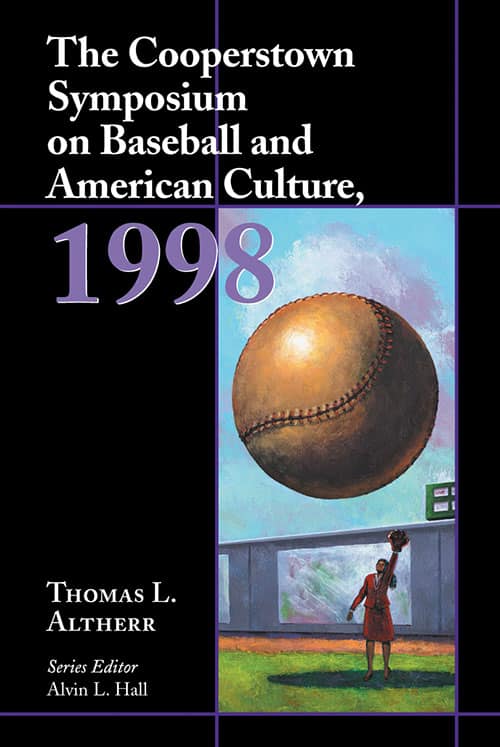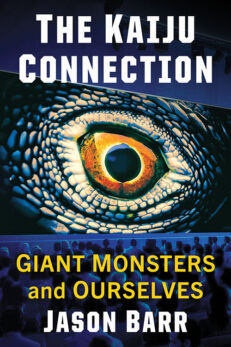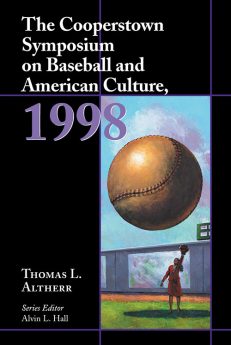The Cooperstown Symposium on Baseball and American Culture, 1998
$65.00
In stock
About the Book
This is an anthology of 20 papers that were presented at the Tenth Cooperstown Symposium on Baseball and American Culture, held in June 1998, and co-sponsored by the State University of New York at Oneonta and the National Baseball Hall of Fame and Museum.
Commencing with a perceptive speech by keynote speaker G. Edward White, this Symposium examined such topics as whether a city can support two—not just one—major league team, how television broadcasters and their ball clubs interrelate and how masculine dominance in baseball mainly curtailed female advancement in the game and business.
These essays, divided into sections titled “Baseball as a Business,” “Baseball and Communication,” “Baseball and Racial and Ethnic Perspectives,” “Baseball and Gender Matters,” “Baseball and Images” and “The ‘Other’ Leagues of Baseball,” cut through the quick and easy judgments of the media and offer instead the longer, more informed view of scholars and researchers.
About the Author(s)
Bibliographic Details
Edited by Thomas L. Altherr. Series Editor Alvin L. Hall
Format: softcover (6 x 9)
Pages: 348
Bibliographic Info: notes, tables, index
Copyright Date: 2002
pISBN: 978-0-7864-0954-9
Imprint: McFarland
Series: Cooperstown Symposium Series
Table of Contents
Introduction 1
PART 1: BASEBALL AS A BUSINESS
An Overlooked Implication of Baseball’s Antitrust Exemption 9
From Kiner to Bunning, from Cannon to Miller, from “Players’ Group” to Players’ Union 24
Baseball’s Changing Salary Structure 44
What Constitutes a Good Baseball Town?: An Analysis of One- and Two-Team Cities 57
PART 2: BASEBALL AND COMMUNICATION
Hired Voices: The Contract Between the Fourth Estate and Baseball 69
The Myth of the “Tools of Ignorance”: Why Catchers Make the Best Communicators 78
Baseball and Modern Leadership Theory 91
PART 3: BASEBALL AND RACIAL AND ETHNIC PERSPECTIVES
Lazzeri to DiMaggio to Giamatti: Italian-Americans in Baseball 109
Baseball and the Next Generation of Americans 119
Baseball and Academic Outcomes: A Capstone Course 127
Searching for Sockalexis: Exploring the Myth at the Core of Cleveland’s “Indian” Image 138
PART 4: BASEBALL AND GENDER MATTERS
Eros at the Bat: American Baseball and Sexuality in Historical Context 157
Baseball and the Women’s Question: Participation,Gender Stereotypes, and the Consumption Ethic 182
Women in the Stands: Feminist Learning Theories and the Appeal of Baseball 203
Scorecards, Scrapbooks, and Stats: Girls, Women, and the Game of Baseball 210
Part 5: BASEBALL AND IMAGES
The Kingdom of Baseball in America: A Chronicle of an American Theology 223
The Melancholy of Baseball 242
Spalding or Spink: Who Wrote the First Standard History of Baseball? 254
PART 6: THE “OTHER” LEAGUES OF BASEBALL
Semi-Pro Baseball: Oral Histories from the Depression through World War II 271
The Independent Carolina League 1936-1938: Baseball Outlaws 295
Index 327





